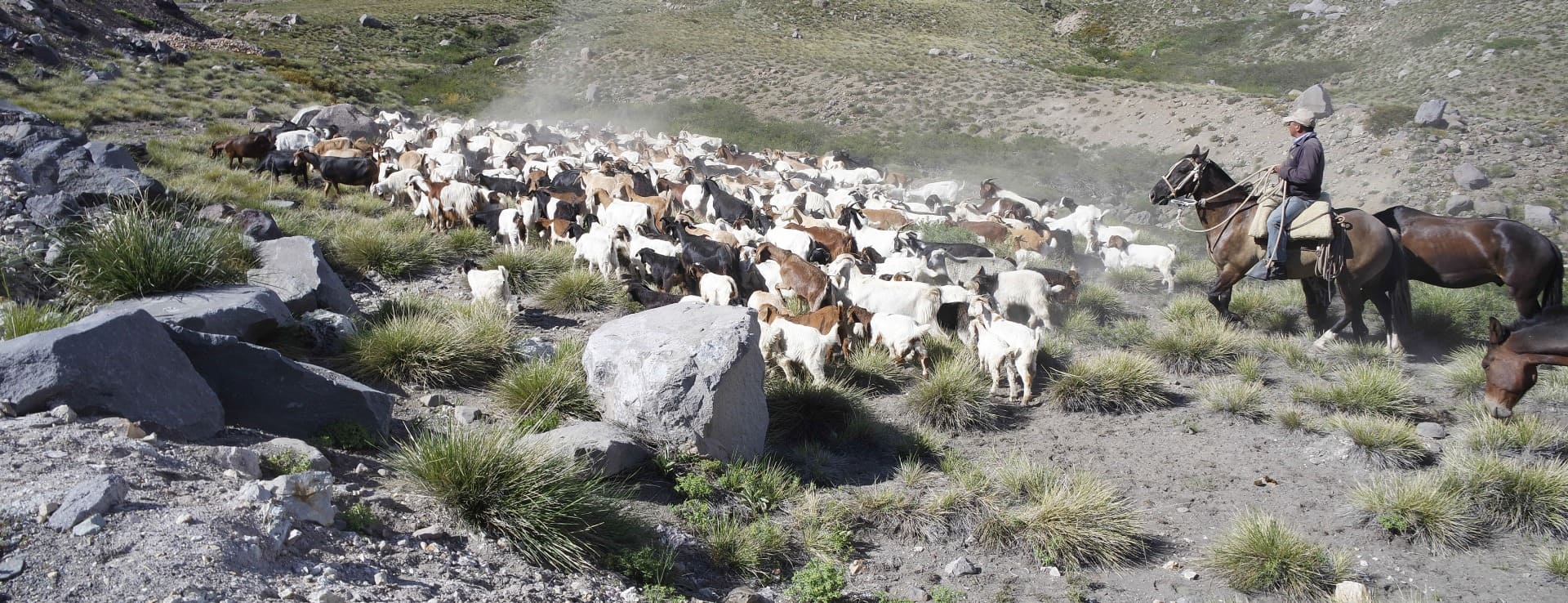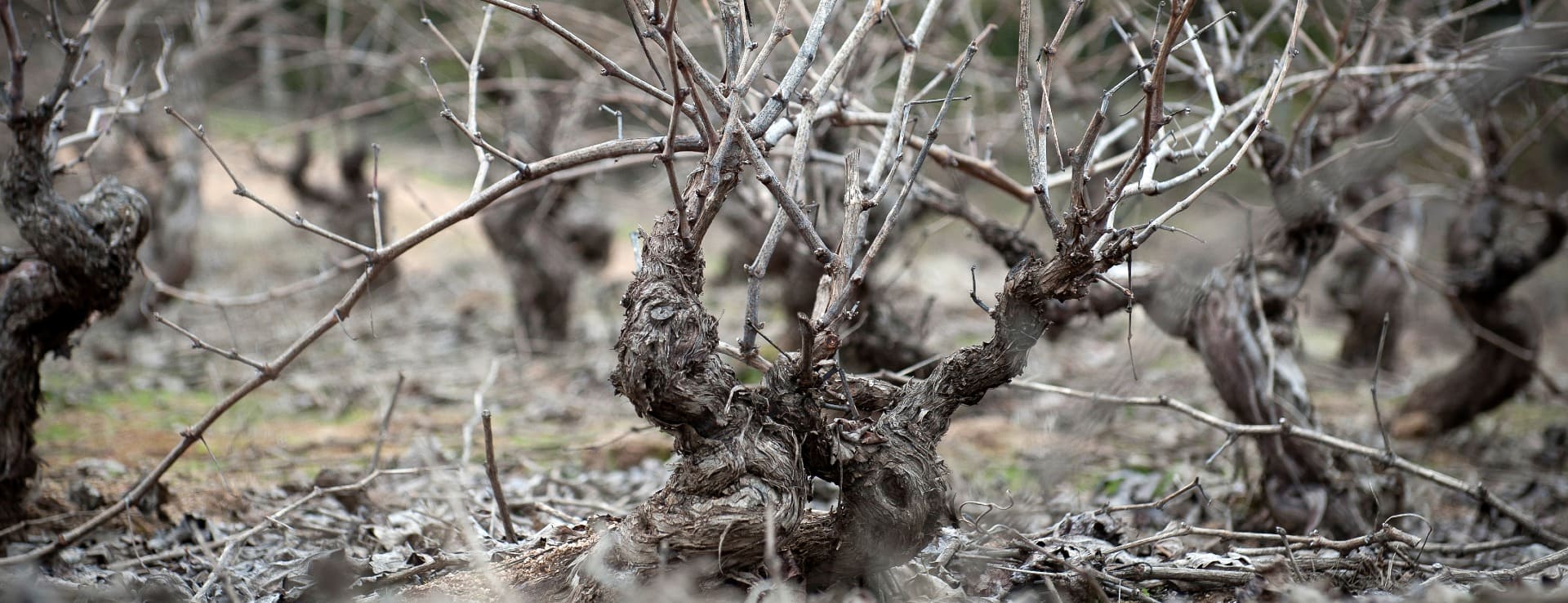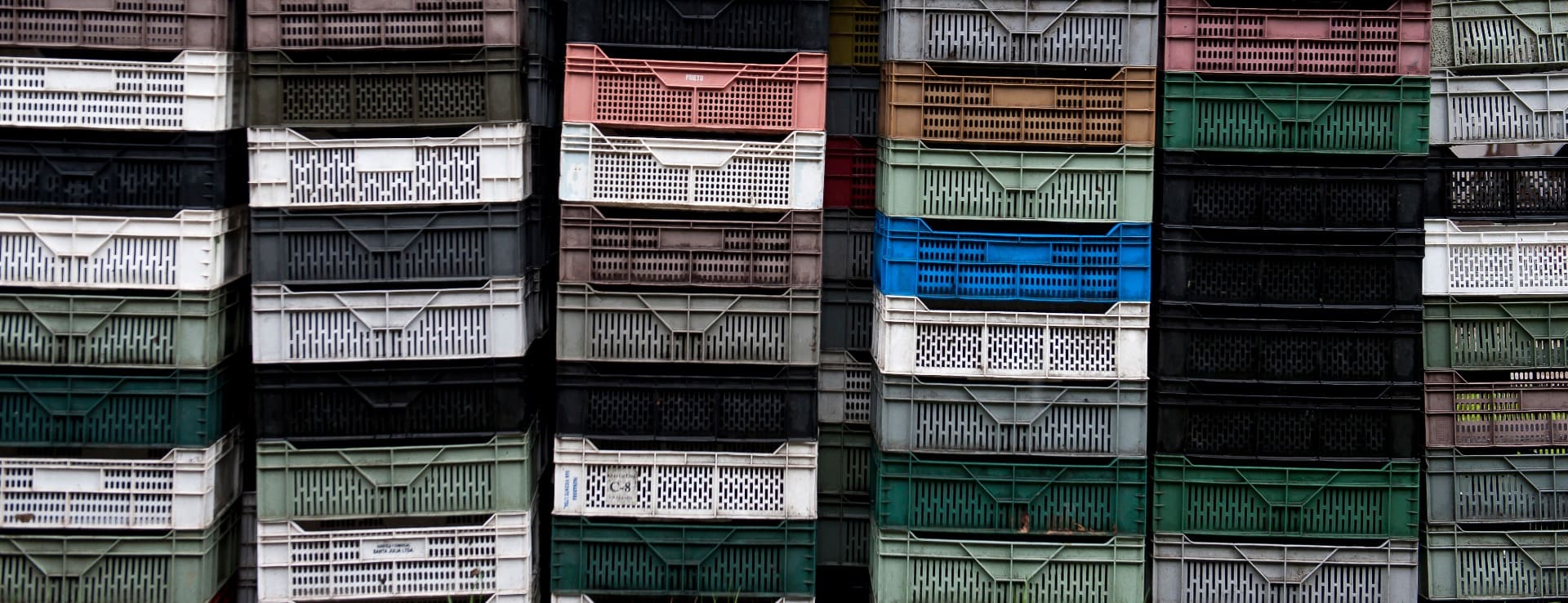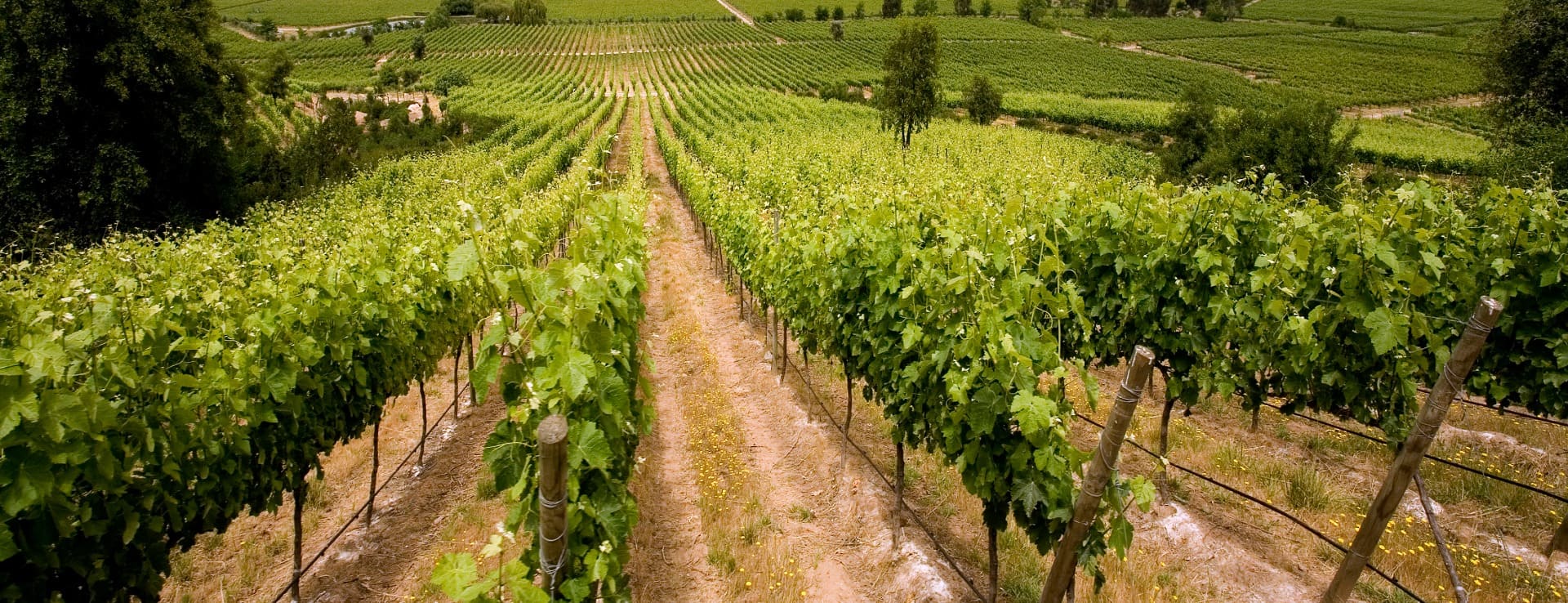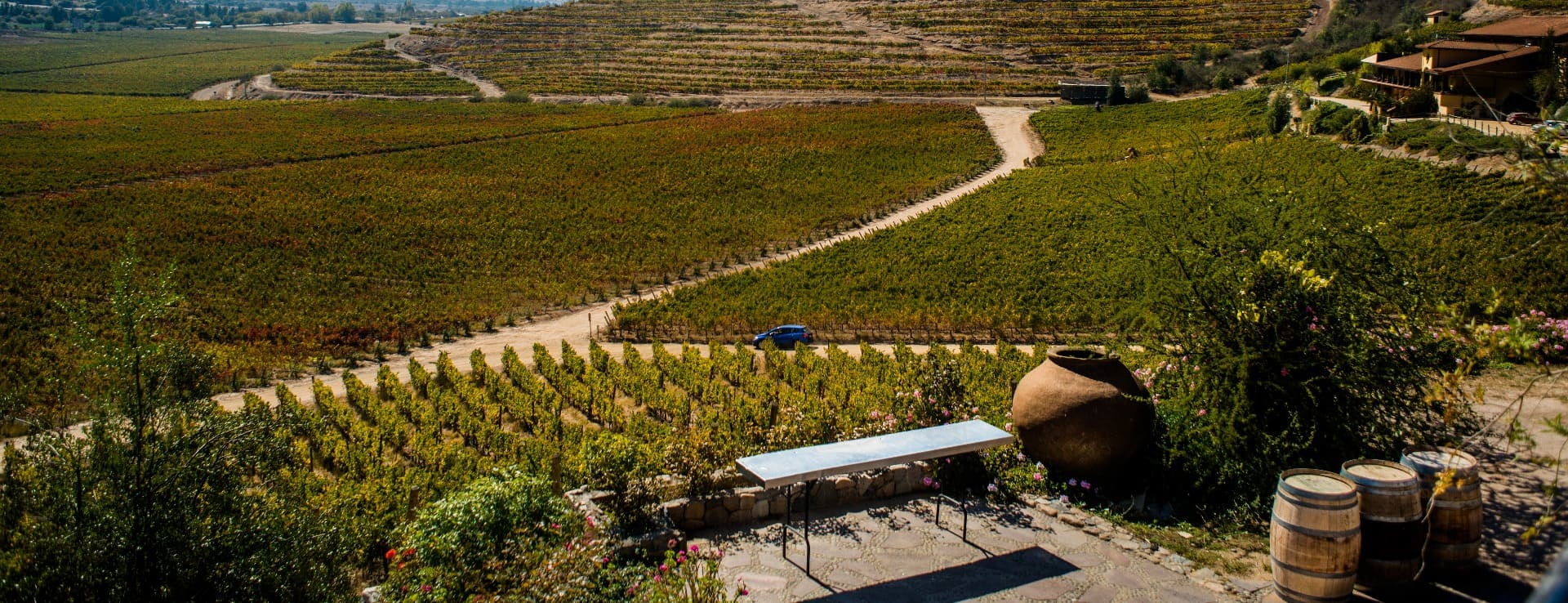Find your winery or vineyard
Infographic of the Denomination of Origin
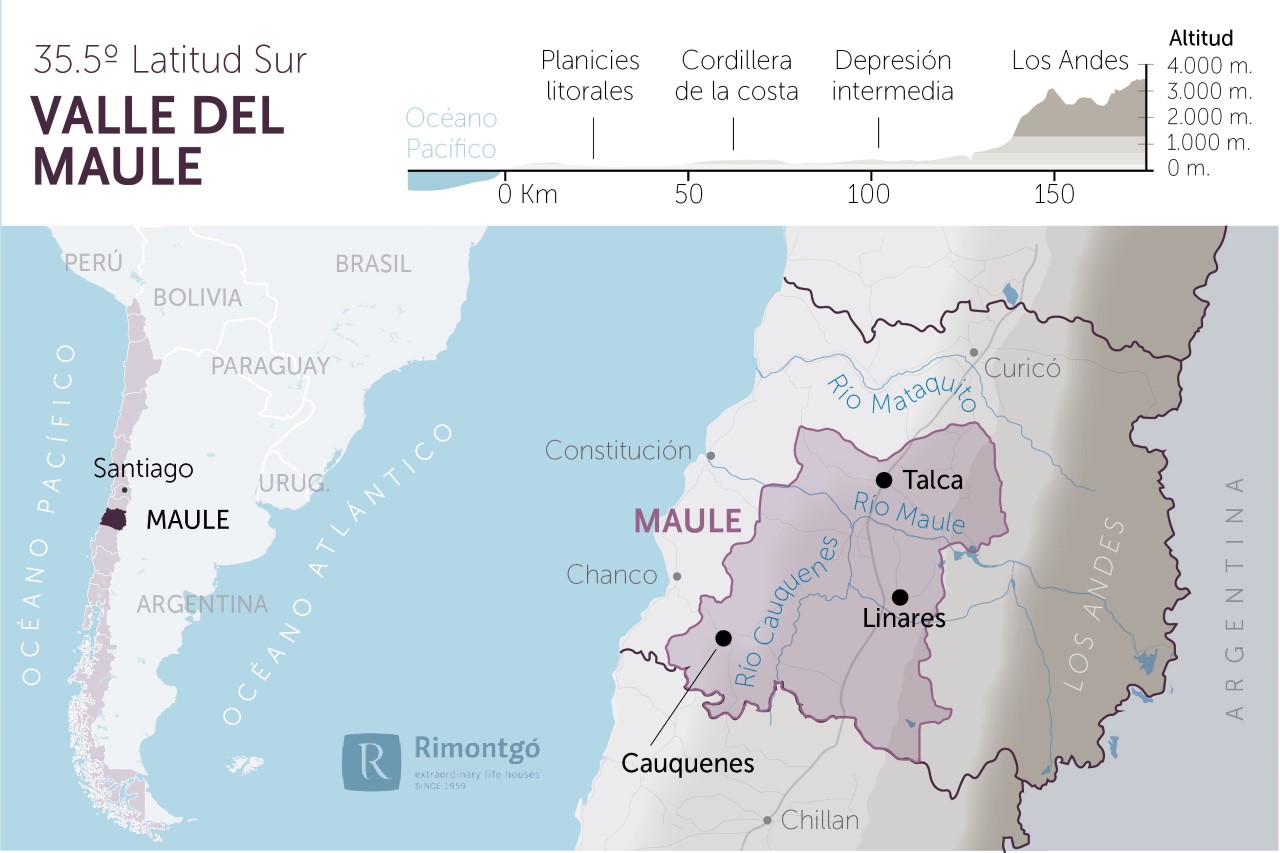
Change to imperial units (ft2, ac, °F)Change to international units (m2, h, °C)
Total surface area:
32.965 ha81.457 ac
Altitude of the vineyards:
Min: 150m
Max: 600m
Min: 492ft
Max: 1.969ft
Temperature:
Min: 3º
Max: 29º
Min: 37°F
Max: 84°F
Yearly rainfall:
735 l/m268 l/ft2
Talca, Linares y Cauquenes
The provinces of Talca, Linares and Cauquenes are included in the designation of origin Valle del Maule. As for Cauquenes, it is a province in Maule whose most important activity is the agricultural activity, as a large part of its population is located in rural areas. The most important city of the province is Cauquenes, with barely 40,000 of inhabitants. In addition to the agricultural activity, it is noteworthy the winemaking activity so it happens with the provinces of Talca and Linares. With regards to Linares, it is situated in the very centre of Chile and it is the only province in the Maule region without direct sea access. Linares has a population about 253,000 people of which a 55% live in urban centres. Finally, the province of Talca enjoys a continental Mediterranean climate, with a population of slightly more than 400,000 people. The economy of this province, like the two previous ones, is based on agriculture, where wine production has a considerable importance.
HISTORY OF WINE
With regards to wine history it is important to mention that the Linares province has enjoyed a historic importance in the development of the Chilean viticulture. During the 18th century this province gathered the largest vineyards from the then known as Partido del Maule.
The southern colonisation began in Conception around the military settlement. Due to weather conditions (insufficient heat), within the city, the vine plantations could not succeed, but they did succeed by going into the Itata River and towards the south centre, moving away from the marine influence. In this area the Spanish were in direct conflict with the Mapuche, which forced them to migrate to the north. They settled in the valleys of Cauquenes and Mataquito, in the Maule region, where they took refuge and restarted the exploitation of the vines.
The colonization policy until the middle of the 18th century focused efforts on the extremes of the country at that time, La Serena and Copiapó in the north and Concepción in the south. Governor Manso de Velasco founded the cities of Talca and Cauquenes, Curicó and Linares between 1742 and 1755. This zone, compared to the north, centre and south (La Serena, Santiago and Concepción) begins its organized development almost 200 years after the rest of Chile.
The class formed from the mixture between the traditional landowning aristocracy and the new social actors of the 19th century, was responsible for the transformation of the heritage elements characteristic of colonial winemaking, such as the winery, wine press and country house, in addition to the superposition of the archetype of the French vineyard on the traditional Hispanic Creole legacy.
However, for some time now, there are many wineries of winemaking villages and towns of the Central Valley that with touristic and philanthropic purposes have contributed to the recovery of this creole legacy that still exists in places such as Cauquenes and Linares, areas in which is possible to connect with that viticulture inherited from Spanish times.
WINES AND WINERIES
The wine tourism activity is widely developing in recent years with the participation of up to 16 wineries of the region among which are found Casa Donoso, Calina, Carpe Diem, Balduzzi or Domaine Oriental. One of the most regarded varieties in this area is the Carménère that even has a festivity around it celebrated during the second Saturday of November.
In addition to the wineries aforementioned, in this region there are wine business such as Botalcura, Corral Victoria, Valle Frío, Viña Aromo, Hugo Casanova, Terranoble and Casas Patronales. Los Gilmore, Caliboro and Bouchon have emphasised the spirit of the local terroir. In this area, the charm of the authentic colonial style houses so sought after by tourists is a plus.
POINTS OF INTEREST
Some of the most important points of interest for tourists and visitors are located in the province of Linares that has several thermal enclaves of large tradition such as the hot springs of Panimávida, Quinamávida and Catillo. Within the same province, the colonial architecture is found in towns such as Villa Alegre and Yerbas Buenas. On the other hand, in the province of Talca is found the O’Higginiano and Fine Arts Museum of Talca dedicated to the figure of Bernardo O’Higgins, considered as the Chile’s liberator when he declared its independence in 1818. In the same province is the National Monument of Templo Parroquial José de Pelarco built in 1787.
D.O./Valle (wine regions)
Discover more wineries and vineyards for sale in these wine regions in Chile
Subscribe to our mailing list to receive news about wineries and vineyards.

